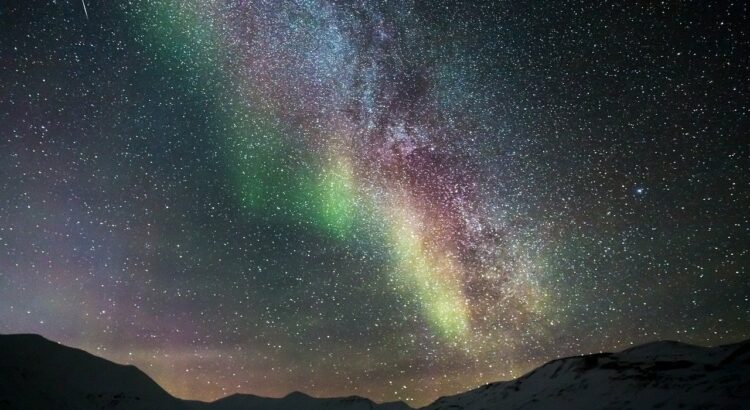One of the most fascinating natural phenomenon that occurs in the Earth’s skies at the Polar Regions are the Auroras. The word “Aurora” is inspired from the Roman Goddess of dawn Aurora who travels from east to west announcing the rising of the sun. Auroras are the dazzling display of brilliant colored lights that appear as spirals, curtains, rays or flickers that cover the entire night sky. The lights that are seen in the Northern Polar Regions are known as Aurora Borealis or the Northern Lights, and the ones which are seen in the Southern Polar Regions near Antarctica, Australia and New Zealand are known as the Aurora Australis or the Southern Lights. The Northern Lights are best seen in Norway and are one of the major reasons why people visit Norway. The phenomenon of the Northern Lights is an interesting one and if you’re curious about these spectacular lights then the facts about the Northern Lights listed below will surely blow your mind. Read on to know more about them.
They are caused by the solar wind
The auroras are caused due to the charged particles ejected from the sun during the Coronal Mass Ejections. These charged particles come towards the Earth in the form of a solar wind and most of them are deflected away from the Earth’s atmosphere by its magnetic field. However, a few of them do manage to reach the Earth’s atmosphere where these charged particles interact with the gases in our atmosphere to release light energy which appears in the form of auroras.
Auroras are not always green
One of the most interesting facts about the Northern Lights is that they are not always green. Nitrogen and Oxygen are the gases that are present in abundance in our atmosphere with Oxygen occupying a larger percentage. When the charged particles collide with oxygen molecules, they emit a greenish glow which is most frequently seen since oxygen is present in abundance. However, when the charged particles collide with Nitrogen, they emit an orange reddish or bluish glow which is less frequently seen owing to less percentage of nitrogen as compared to oxygen.
Auroras can disrupt communication
In the year of 1859, the solar flare that was created by the solar storm was so high in magnitude that the Northern Lights were visible as far down south as Cuba, Hawaii and Mexico. It has been reported that during this time the telegraph system all over North America and Europe failed. The people operating the telegraph reported receiving electric shocks during this time. There was another solar storm of a comparable magnitude that occurred in 2012, but the resultant solar wind missed Earth. If such a storm were to occur in the present time, it would cause a global communication disruption.
Auroras are both visible and audible
Scientifically, the atmosphere in the Polar Regions where the auroras occur is too thin and therefore unable to transmit the sound waves. The Auroras occur so high in the air, it would take approximately 5 minutes for the sound waves to reach Earth. In spite of all this, some people claim to have heard the Aurora Borealis in the form of a crackling and whooshing sounds. Certain research groups also claim to have recorded the sounds associated with the auroras using a microphone. More research needs to be conducted to confirm these facts.
Other planets have them and they’re beautiful
Other planets such as Jupiter, Saturn, Neptune and Uranus have their own auroras and they look equally spectacular in the pictures taken by the Voyager 1 and 2 that we have as evidence. Since the magnetic fields of Jupiter and Saturn are stronger than that of Earth, their auroras are much larger and more intense. Uranus, on the other hand, has bright spots for auroras because of its vertically oriented magnetic field.

